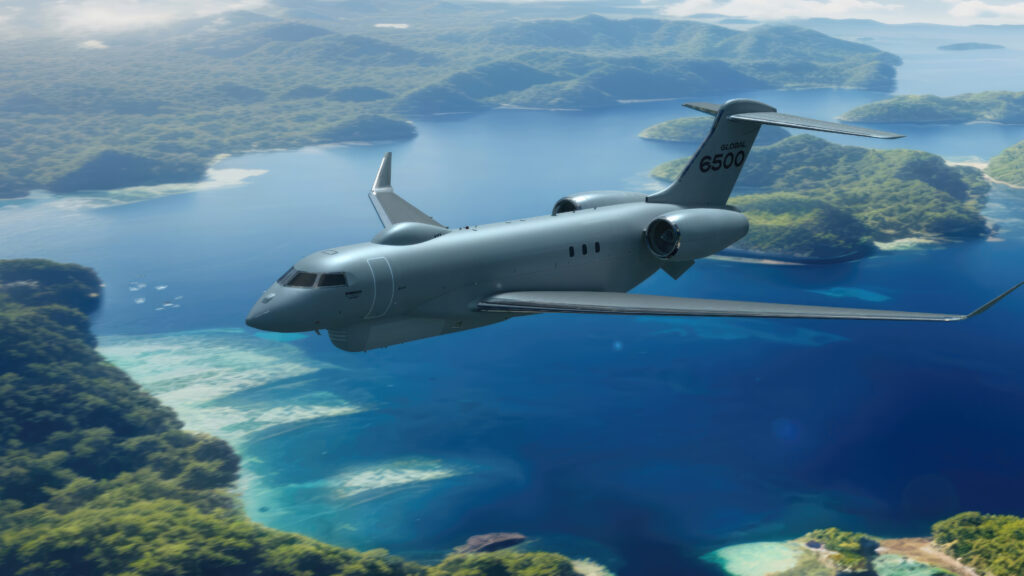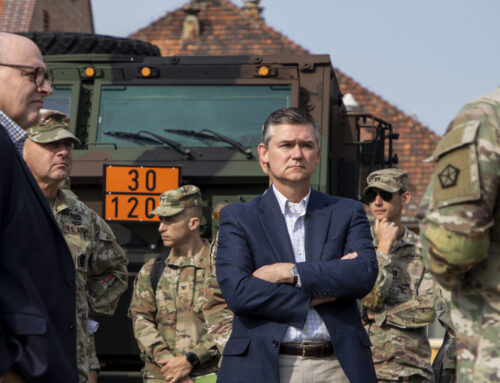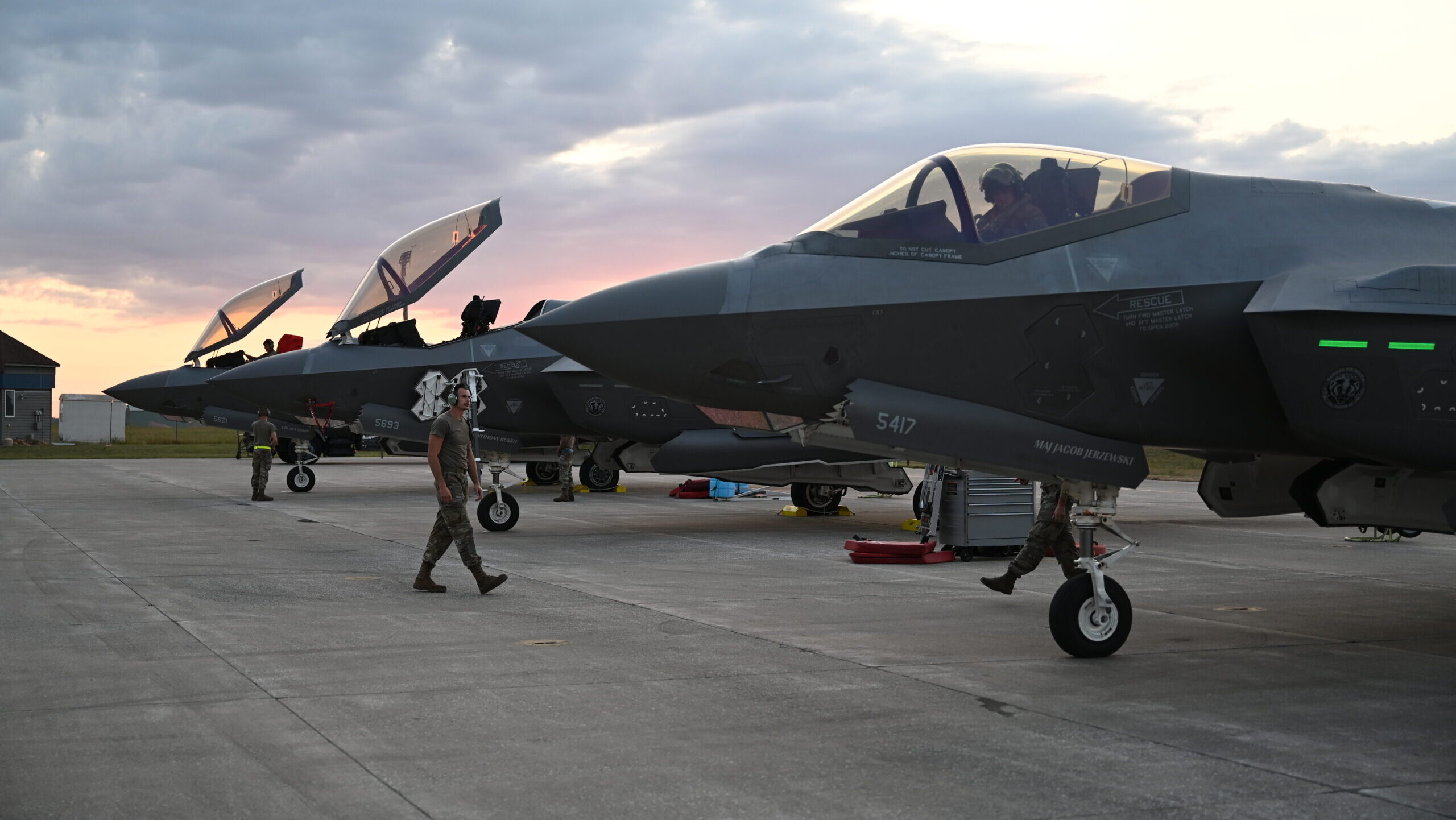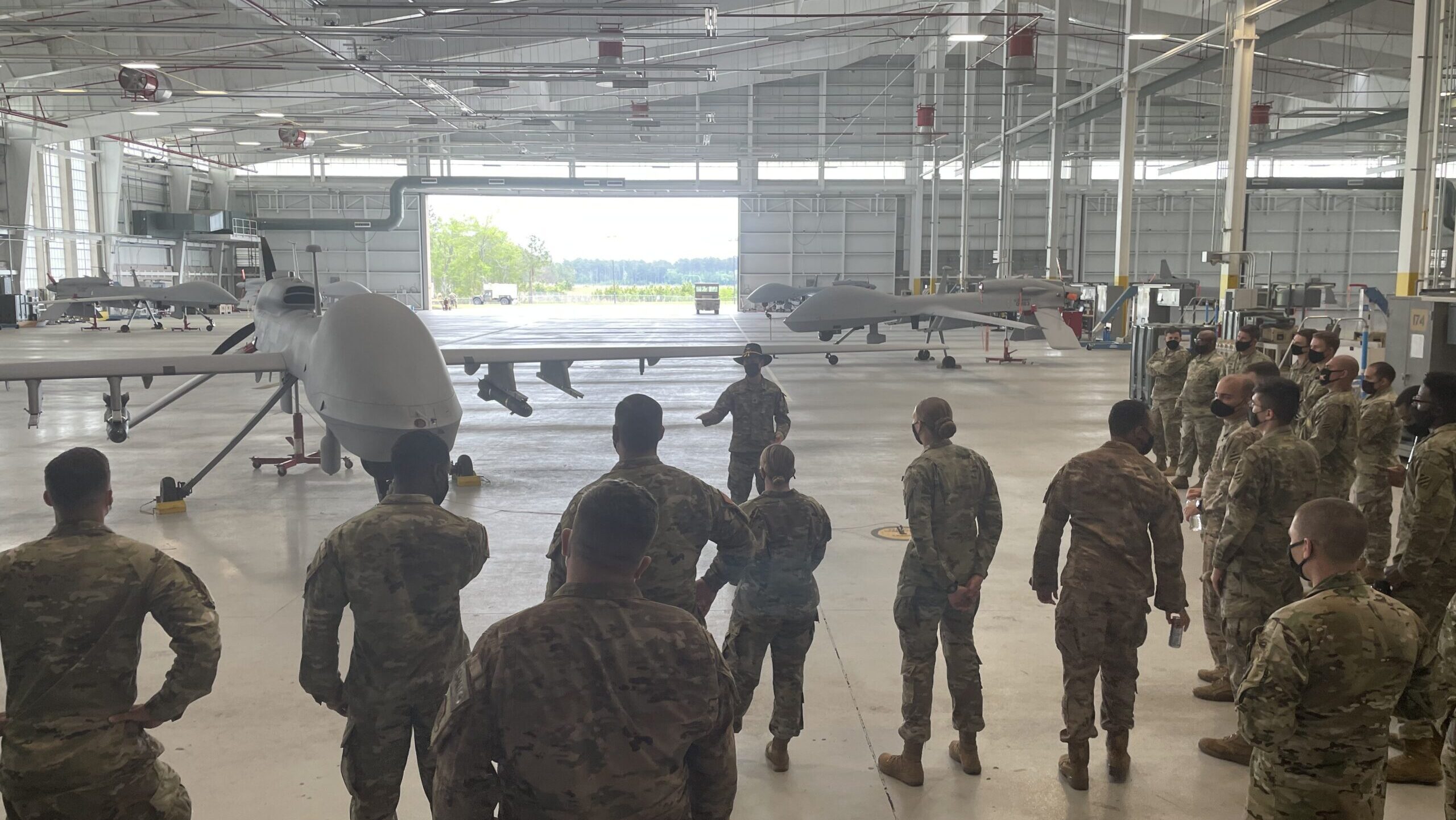A generic rendering of the Bombardier Global 6500 aircraft configured for Intelligence, Surveillance, and Reconnaissance (ISR).
Bombardier is internationally renowned for the reliability, performance, and design of its Challenger and Global business aircraft. These highly capable aircraft are used for complex, specialized military missions around the world. Headquartered in Greater Montréal, Québec, Bombardier operates aerostructure, assembly and completion facilities throughout North America, while Bombardier Defense leads the specialized and defense work from Wichita, Kansas. The company’s robust customer support network services the Learjet, Challenger and Global families of aircraft, and includes facilities in strategic locations in the United States and Canada, as well as in the United Kingdom, Germany, France, Switzerland, Italy, Austria, the UAE, Singapore, and Australia.
With innovation in its DNA, Bombardier uses the same customer-focused principles and proven capabilities to offer tailored solutions for governments, military and other special mission operators around the world. Equipped with in-house technical experts that can provide the best platforms for a wide range of missions, Bombardier Defense offers flexible and collaborative ways of working with customers.
Bombardier Defense has a diverse fleet of more than 450 proven and versatile specialized aircraft operating worldwide and that has collectively flown more than three million hours. Currently, Bombardier aircraft are trusted by more than 170 operators in over 50 countries to complete a variety of demanding missions. Bombardier has established itself over the last few decades as the go-to provider for solutions to a wide array of missions, from urgent humanitarian assistance and head-of-state transport to securing airspace, borders, and infrastructure.
Adapting to the Security Environment
The evolving security environment places new pressures on the armed forces to enhance aerial intelligence, surveillance, and reconnaissance (ISR) capabilities. In recent years, technological advances have resulted in systems that require less physical footprint and less operators than prior generations of missionized aircraft. Bombardier capitalizes on these advances by hosting systems on current platforms that operate at higher altitudes and longer ranges than legacy aircraft.
Using the advantages that the Bombardier Challenger and Bombardier Global aircraft offer a range of tactical advantages in support of the ISR mission. The high degree of configurability of the jets allow for greater flexibility and improved performance of ISR capabilities, better sensor performance from increased altitude and range, and rapid repositioning to high priority operational areas.
Bombardier’s jets have been particularly successful in supporting a top operational imperative for the U.S. Army: deep sensing. When equipped with sensing capabilities, Bombardier’s Global 6500 and Challenger 650 aircraft allow ISR efforts to last longer over a greater area of coverage than decades-old operational fleets, providing essential information that is needed to properly identify, detect, and deter malign behavior in real time.
HADES: Flying Further and Seeing Farther
The U.S. Army recognizes the tactical benefits these aircraft can provide for deep sensing and recently announced a new contract in which Bombardier was selected as the platform of choice for its High Accuracy Detection and Exploitation System (HADES) program. Bombardier will be delivering a prototype airframe using the Global 6500 for this modernized ISR program based on a large-cabin fixed-wing aircraft with integrated and advanced deep-sensing capabilities. Bombardier in-house engineers can tailor the platform to the customers’ requirement, a strategic advantage when talking about the United States’ next-generation fleet.
U.S. military officials have emphasized that the HADES program will provide a fleet that can “overcome the physical challenges encountered by legacy airborne ISR aircraft, without sacrificing the unique quality and capability of collection that airborne ISR provides to Army and joint force commanders around the world.”
PEGASUS: Maximizing Intelligence while Minimizing Risk
Bombardier’s role in the Persistent German Airborne Surveillance System (PEGASUS) program is also redefining the way armed forces gather intelligence and enhance battlespace awareness in the European theater. The German Armed Forces (Bundeswehr) and the Cyber Command (CIR) have selected the Bombardier Global 6000 aircraft to host the ISR systems to enhance greater understanding of the operating environment and meet the intelligence collection needs of the operating forces.
By the Numbers: Bombardier’s Strategic Advantages
The Bombardier Global 6500 aircraft is particularly popular in the Intelligence, Surveillance and Reconnaissance operations, as it provides several advantages such as reliability, operational reach, and expanded operating areas. With a maximum endurance of 18 hours, unprecedented dispatch reliability, and up to 750 flight hours before maintenance is needed, the Global 6500 aircraft gives the reliability and durability needed to accomplish operational objectives.
Similarly, Bombardier’s Challenger 650 aircraft has the longest maintenance intervals in its class and supports high-altitude operations at faster speeds, with lower operating costs. These aircraft only need 5,640 feet of runway to takeoff, allowing the flexibility to operate from more airfields and be more mobile in contested operating theaters. With a 99.9 percent fleet dispatch reliability rate for over 1,150 Challenger 600 series aircraft currently in service, this dependability has burnished Bombardier’s reputation among the world’s most trusted partners in the defense ecosystem.
Militaries and governments around the world have seen the benefits of these cost-effective platforms that can deploy in most weather conditions and can fly much further from its base than traditional platforms.
Detailed information about the Global 6500 and Challenger 650 is included below.
Challenger 650
Max Endurance: 11+ hours
Operator Workstations: 6 stations
Short Field Performance: 5,650 ft takeoff
Space For Work & Crew Rest: Avail. bunk beds
Electrical Power: 60 kVa
Longest Maintenance Intervals: 24 months/600 hours
Speed: Mach 0.74
Range: 7,408 km
Fleet Dispatch Reliability: 99.90%
Number of CL600 Deliveries: 1,150+
Global 6500
Max Endurance: 18+ hours
Operator Workstations: Up to 10
Short Field Performance: 6,145 takeoff, 2,236 landing
Space for Work & Crew Rest: Avail. bunk beds
Baseline Electrical Power: Up to 200 kVa
Longest Maintenance Intervals: 30 months/750 hours
Speed: Mach 0.85
Range: 12,223 km
Fleet Dispatch Reliability: 99.83%
Number of Global Series Deliveries: 900+
For decades, Bombardier has provided industry-leading, curated solutions for the most demanding missions of governments and military contractors worldwide – and it will continue to do so by innovating and expanding capabilities that solidify Bombardier’s position as a global aviation leader.




![CCA: Everything you need to know about the US military’s drone wingman effort [VIDEO]](https://centurionpartnersgroup.com/wp-content/uploads/2024/09/8269273-e1720031693178-dMCifa-500x383.jpeg)






